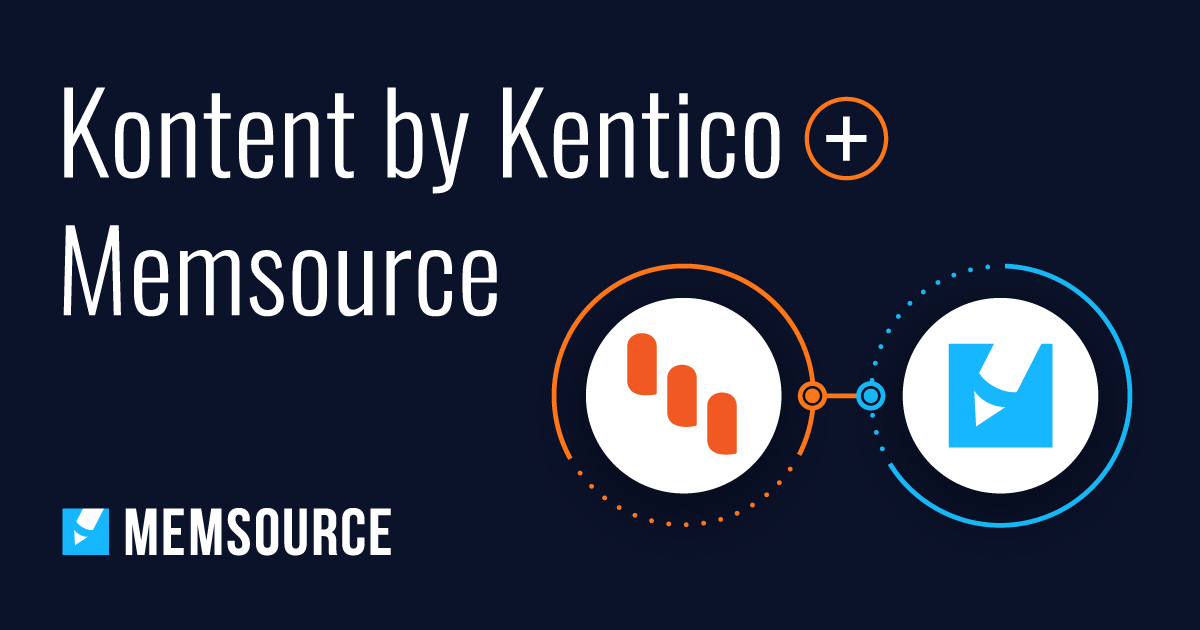
Blog
Machine Translation Report
What is the optimal MT Engine for you? Find out in the latest MT Report by Memsource.

Our data shows that 2020 was the first year in which projects completed using post-edited machine translation (MT) outnumber those that relied on human translation. We couldn’t have picked a better time to release Memsource Translate.
Businesses of all sizes are embracing MT and Memsource Translate has helped them consistently translate with the best performing MT engine. Now engine management has become even more sophisticated with the addition of Memsource Translate profiles.
Creating profiles
Our latest update to Memsource Translate includes support for the creation of profiles. Each profile can be named by the user, and consists of a series of pre-selected engines, which can be applied to a translation project. In this way users are in complete control of which engines are being tracked, compared, and recommended by the AI algorithm powering Memsource Translate.
It’s easy to select and add engines. Memsource Translate comes with three-fully managed engines: Amazon Translate, Google Translate, or Microsoft Translator. These can be easily enabled and used with Memsource Translate characters, which can be purchased directly within Memsource. Additional generic and customizable engines can be added using API keys.
With this update, users can now select specific engines to create up to ten unique profiles, with Enterprise users being able to create an unlimited number of profiles.
Use cases and benefits
Machine translation profiles can be helpful in a number of different situations:
Managing trained engines
Some users rely heavily on multiple engines that are trained with domain-specific data. These engines can now be added to specific profiles to ensure that the appropriate engine is always used for each project.
Additionally, users can also add generic engines to the same profile, which can in some cases help with domains or language pairs where the customized engine performance is weaker.
More control over data processing
Some translation projects have specific requirements when it comes to handling data which make it necessary to exclude specific engines for certain projects. A client of an LSP could, for example, ask that all the translations be handled through engines that are hosted in a specific country (or to avoid one). It is now easy to set up specific profiles for each customer, so that their requirements are always met.
What’s next for Memsource Translate?
The development of Memsource Translate doesn’t stop with profiles. In the coming months, users can look forward to new and exciting features, which include the addition of new MT engines and support for MT glossaries.


